Genetic Engineering: Pioneering Progress or Ethical Predicament? |ChemFam #60|
Greetings to everyone! Ever since humans began growing crops (and later animals) for food and fiber, they've modified the genetic makeup of the organisms they work with. This is especially evident in the cultivation of domestic corn, which is physically unlike its wild ancestors. Breeding has progressed slowly so far. Beginning with the domestication of wild species, selection and reproductive control have been used to provide traits such as higher yields, heat and drought tolerance, cold tolerance and disease resistance.
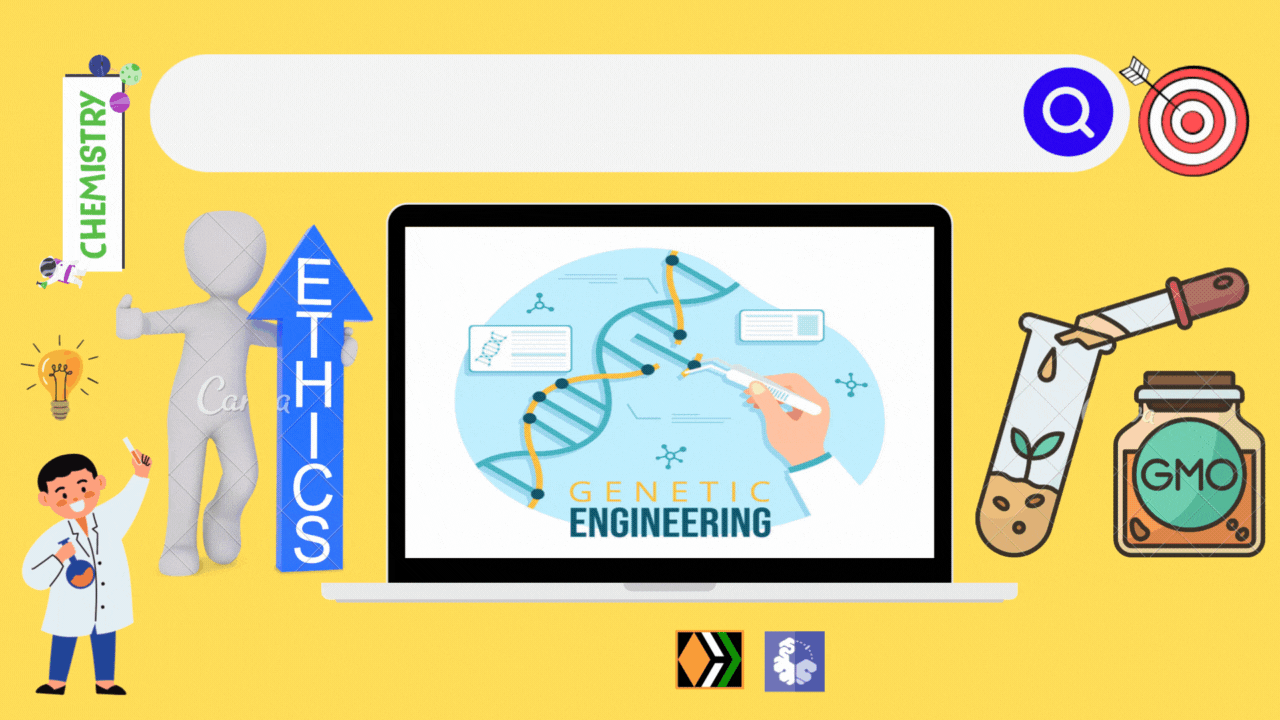
During the 1900s, increased understanding of genetics greatly accelerated the process of breeding different varieties. The development of high-yielding varieties of wheat and rice during the “green revolution” of the 1950s has prevented (or at least postponed) starvation of millions of people. A technology that enabled a quantum leap in productivity of domestic crops was the development of hydrids from crossing of two distinct lines of the same crop, dating in a practical sense from the mid-1900s.
Genetic engineering, once relegated to the realm of science fiction, has become a powerful reality in the 21st century. The ability to modify an organism's DNA, be it a plant, animal, or even a human has opened up unprecedented possibilities in agriculture, medicine and beyond. However, with great power comes great responsibility and the ethical dilemmas associated with genetic engineering have ignited passionate debates around the world. We shall definitely dive into that corner of the side, but first let's delve into editing the code of life, Genetic engineering.

How it all started?
Conventional breeding takes a long time and relies largely upon many mutations to produce desired traits. One of its major limitations is that it is limited to essentially the same species, and often the need arises in a species other than the one being bred. But since the 1970s, the possibility of using technology to transfer genes from one organism to a completely different organism has emerged. This opens up many possibilities for different kinds of modifications that can be used for different purposes. Simultaneously it has also raised concerns about the unintended effects of this technology. Ideally, transgenic technology can be used to increase tolerance to stress in plant breeding, increase productivity, enhancing the value of the end product by enriching it in desired biochemicals such as amino acids.

Transgenic technology is possible because of the existence within cells of deoxyribonucleic acid, DNA. This long chain biopolymer drives cell proliferation and metabolism. Transgenic technology is possible because a gene in DNA will produce its protein for which it is designed that is quite different from the one in which the gene originated. So a gene transferred from one body to another as a segment of the DNA usually does the work for which it was developed in the recipient organism.
The details of how segments of DNA are transferred between organisms are beyond the scope of our study. We might discuss them in future. But to give you a rough idea, enzymes are used in this process, restriction enzymes cut the desired region of DNA and ligase joins the ends of the DNA. Enzymes are used to control and replicate DNA.

Identifying a desired gene
Perhaps the most difficult part of the technology is identifying the genes responsible for desired traits and placing them in the millions of repeats that make up DNA strands. In addition to identifying specific genes, it is also necessary to understand how they interact with other genes and their regulation and expression systems, i.e. the process by which genes produce certain proteins.
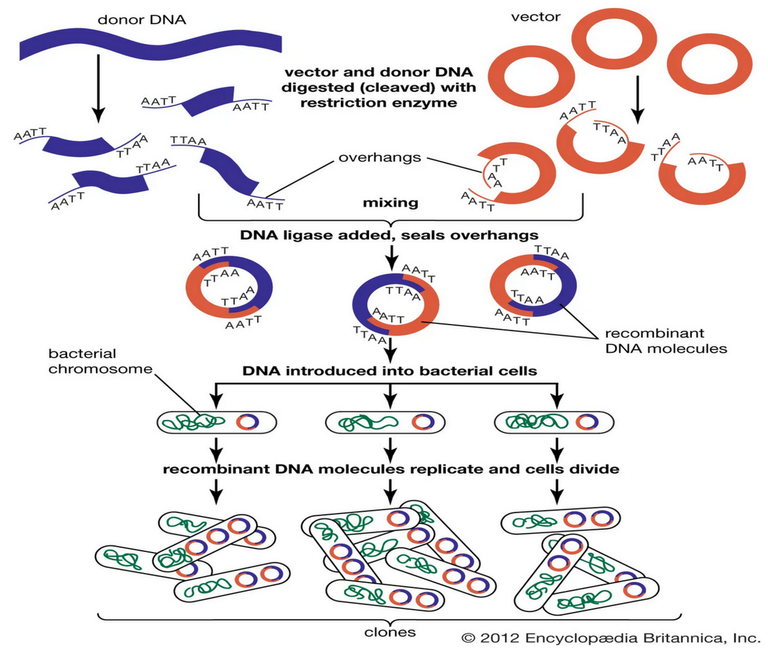
After a gene has been removed, it is inserted into bacteria and cloned, resulting in more genes. In order for the seed to produce the desired protein in the plant at the right time and place, a promoter that acts as a key must be added. The easiest promoters to use are those that allow the seed to be expressed in most tissues of the plant and throughout its lifespan.
The most effective promoter used for this purpose is the promoter isolated from the pollen mosaic virus and called CaMV35S. Other specific supports are also used, such as those triggered by light and those that work during photosynthesis. Most current efforts in the technology are devoted to using specific promoters such that genes are expressed only where and when protein products are needed.

Power of Genetic Engineering
Genetic engineering, once relegated to the realm of science fiction, has become a powerful reality in the 21st century. The ability to modify an organism's DNA, be it a plant, animal, or even a human, has opened up unprecedented possibilities in agriculture, medicine, and beyond.
Genetic engineering has improved understanding of many theoretical and practical aspects of gene function and organization. Thanks to recombinant DNA technology, bacteria can produce human insulin, human growth hormone, alpha interferon, hepatitis B vaccine and other medicinal products. Plants can be genetically modified to fix nitrogen, and genetic diseases can be cured by replacing defective genes with normal ones.
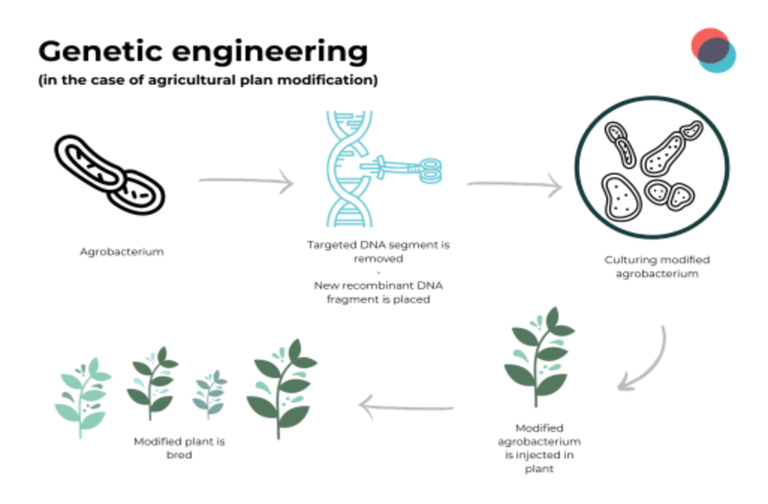
Genes for insecticidal toxins have been implicated in many plant species, including maize and cotton. Bacterial genes related to antibiotics are also included in the crops. Other attempts at the genetically engineer plants aims to improve the nutritive quality of plants.
This technology not only limits their beneficial uses to medical and agricultural fields, but also their roles on the environmental stewardship is commendable. Genetic engineering extends its power to environmental conservation. Scientists are exploring ways to engineer organisms that can clean up pollution, restore damaged ecosystems, and combat climate change. For instance, genetically modified bacteria can break down oil spills, while engineered trees can absorb more carbon dioxide, aiding in reforestation efforts.

Ethical issues in Genetic Engineering
The manipulation of living organisms by the human race can not go on any further, without regulation. Some ethical standards are required to evaluate the mortality of all human activities that might help or harm living organisms. Going beyond the mortality of such issues, the biological significance of such things is also important. Genetic modification of organisms can have unpredictable results when such organisms are introduced into the ecosystem.
Ethical issues, including concerns for animal welfare, can arise at all stages in the generation and life span of an individual genetically engineered animal.
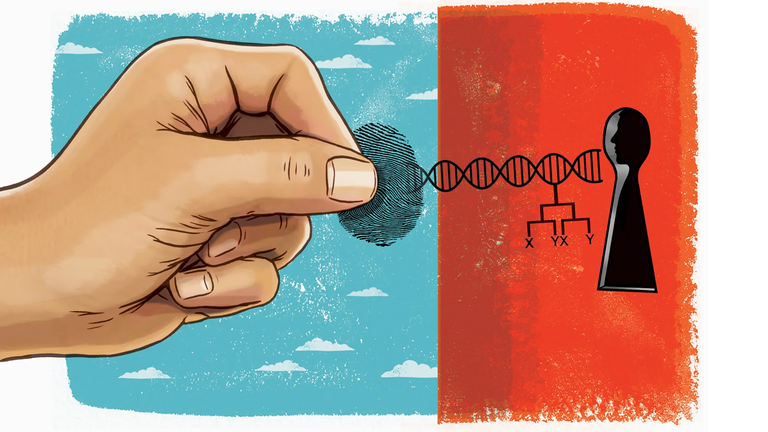
Human Genetic Engineering: One of the most contentious issues is the genetic modification of humans. While the idea of eliminating genetic diseases is appealing, it raises profound ethical questions. Should we be allowed to edit the human germline (sperm and egg cells), potentially passing down these changes to future generations? What happens when we start editing genes not only to cure diseases but also to enhance physical or cognitive traits, potentially leading to a new era of genetic inequality?
Consent and Autonomy: When it comes to genetic engineering in humans, issues of consent and autonomy are paramount. Should parents have the authority to make genetic modifications to their children before birth, potentially without the child's future consent? How do we ensure that individuals understand the risks and benefits of genetic modifications, especially when the science behind it is complex and evolving?
Unintended Consequences: Genetic engineering can sometimes have unintended consequences. For example, modifying one gene to achieve a desired trait could inadvertently affect other genes, leading to unforeseen problems. How do we mitigate these risks and who should be held accountable when things go wrong?
Economic Disparities: The development and access to genetic engineering technologies are not evenly distributed. This raises concerns about potential economic disparities, where only the affluent can afford genetic enhancements, further exacerbating social inequalities.
Battle against Biopiracy: Biopiracy is the term to refer the use of bio-resources by organizations or companies without proper authorization from the countries and people concerned without compensatory payments. There has been growing realization of the injustice, inadequate compensation and benefit sharing between developed and developing countries. The most famous case of biopiracy was regarding basmati rice. Basmati rice is an indigenous crop of India. It was patented in 1997 by the American company RiceTech Inc.
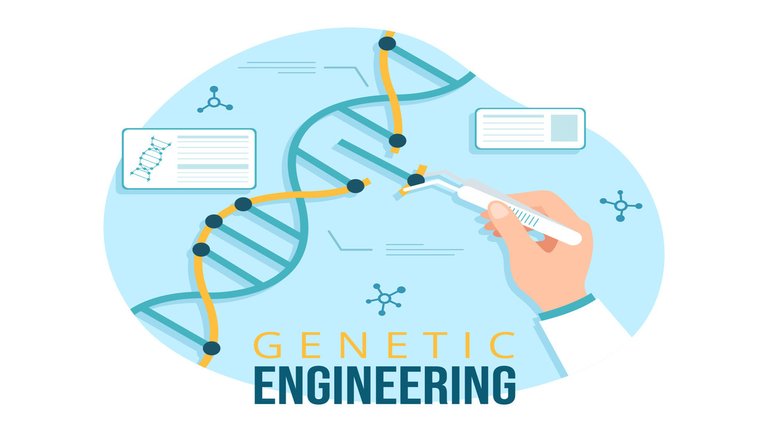
It should be noted that no matter what the application of genetically engineered animals, there are restrictions on the methods of their disposal once they have been euthanized. The reason for this is to restrict the entry of genetically engineered animal carcasses into the natural ecosystem until the long-term effects and risks are better understood.

Conclusive thoughts
Genetic engineering is a double-edged sword, offering incredible potential for the betterment of humanity while also posing significant ethical challenges. As we continue to unlock the secrets of DNA, it is imperative that we proceed with caution and engage in thoughtful, informed discussions about the ethical boundaries of this powerful technology. Striking the right balance between scientific progress and ethical responsibility is essential to ensure that genetic engineering benefits all of humanity without compromising our values and principles. Ultimately, our choices today will shape the genetic landscape of tomorrow, and it is our duty to make those choices wisely.
Until we meet again :)

Genetic Engineering Britannica
Genetic engineering of animals: Ethical issues, including welfare concerns
Green Chemistry by Stanley E. Manahan
The Guardians Against Microbial Menace: Antibacterial Agents |ChemFam #59|
The Cholesterol Conundrum: The Story of Statins |ChemFam #58|
Unveiling The Control Of Chemistry: How Hormones Dictate Our Mood |ChemFam #57|
Thermodynamic Versus Kinetic Control of Reactions |ChemFam #56|
Bosons: The Quantum Glue That Holds The Universe Together |ChemFam #55|
Extraction of Lithium Using Electrode Materials of Lithium Ion Battery-II |ChemFam #54|
Extraction of Lithium Using Electrode Materials of Lithium Ion Battery |ChemFam #53|
Helium: The First Noble Gas |ChemFam #52|
Hydrogen: The Simplest Atom |ChemFam #51|
Elements, Atoms and Atomic Theory |ChemFam #50|
Have You Thanked A Clod Today? |ChemFam #49|
Nuclear Energy: Will It Rise Again? |ChemFam #48|
Soaps: An Essential and Effective Cleansing Agent |ChemFam #47|
Chemicals in Food : Debunking Myths and Ensuring Safe Consumptions |ChemFam #46|
Unveiling The Secrets of Antiseptics and Disinfectants |ChemFam #45|
What are Antimicrobials and Antimicrobial Drugs? |ChemFam #44|
Therapeutic Action of Different Classes of Drugs |ChemFam #43|
Introduction to Drugs and Drug-Target Interaction |ChemFam #42|
Scientists Analyze a Single Atom With X-Rays For The First Time |ChemFam #41|
PS The thumbnail image is being created by me using canva.com


Genetic engineering seems to be rare in practicing
With proper ethical approach it is a boon for the mankind.
Thank you for commenting :)
Thanks for your contribution to the STEMsocial community. Feel free to join us on discord to get to know the rest of us!
Please consider delegating to the @stemsocial account (85% of the curation rewards are returned).
Thanks for including @stemsocial as a beneficiary, which gives you stronger support.